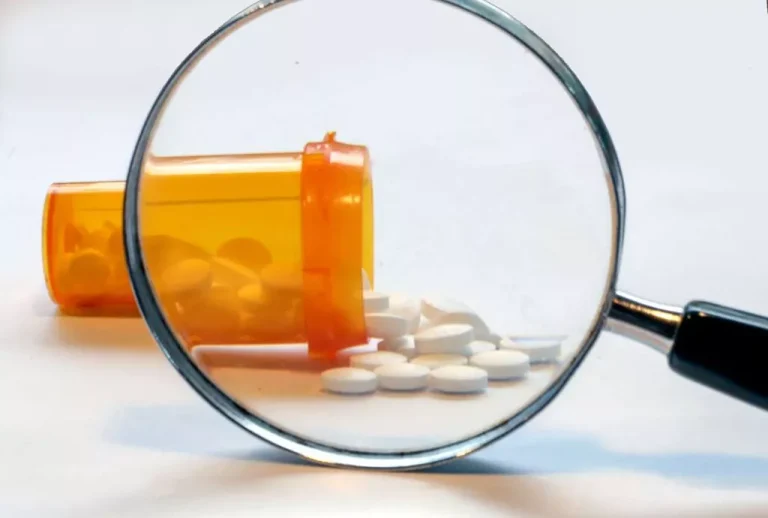
It is essential to speak with a doctor as soon as possible if a child shows signs how to treat alcoholism of FAS. Early identification can improve the outcome for children with FAS and raise their quality of life. Sometimes, this means that people drink alcohol without realizing that they are pregnant. Some research suggests that a pregnant person’s environment may also play a role. Living in stressful, isolated, or adverse conditions may increase the chance of FAS. You can also find your nearest alcohol support services or read advice on cutting down your drinking and alcohol in pregnancy.
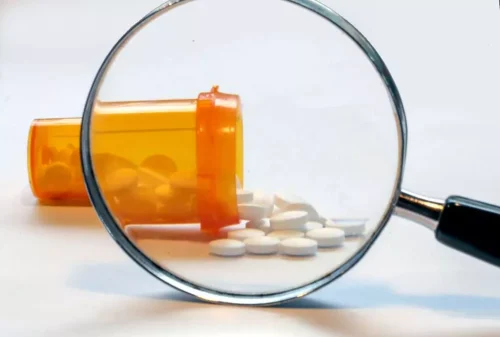
For people trying to get pregnant
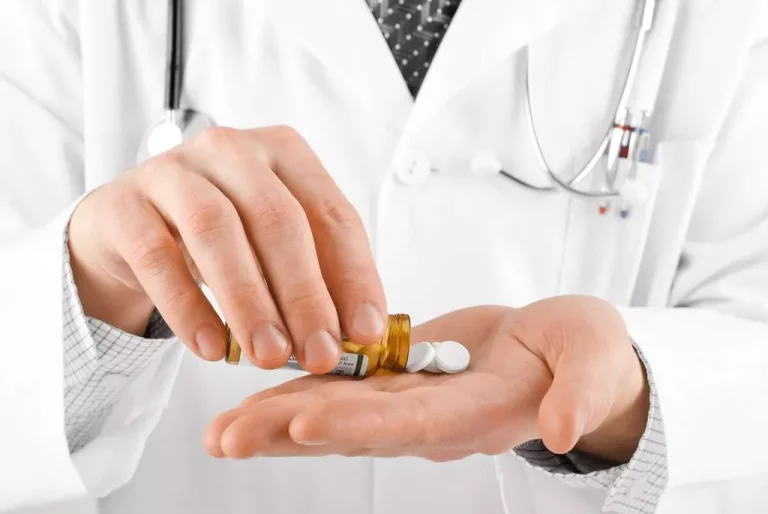
These children do well with a regular routine, simple rules to follow, and rewards for positive behavior. Don’t start an alcohol elimination program without telling your healthcare provider. They may be able to direct you to further options for achieving your goals and provide the medical care that may be necessary to withdraw from alcohol. Alcohol was not viewed as dangerous for pregnant people until 1973 when the diagnosis of FAS was first implemented. However, the Food and Drug Administration (FDA) did not make a public awareness announcement about the side effects of alcohol use during pregnancy until 1977. Diagnosing FASDs can be hard because there is no medical test, like a blood test, for these conditions.
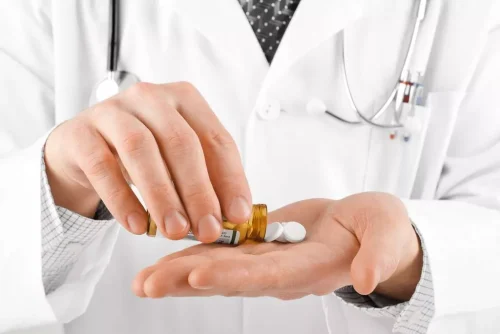
What You Need to Know About Fetal Alcohol Spectrum Disorders (FASDs)
Ask your healthcare professional or a social worker or mental health professional for local sources of support for children with fetal alcohol syndrome and their families. Because early diagnosis may help lessen the risk of some challenges for children with fetal alcohol syndrome, let your child’s healthcare professional know if you drank alcohol while you were pregnant. Fetal alcohol syndrome is caused by drinking alcohol while pregnant. When a pregnant person drinks alcohol, the alcohol enters the bloodstream and can reach the bloodstream of the developing fetus.
What Are the Types of Fetal Alcohol Spectrum Disorders?
- But early intervention services may help lessen some of the challenges of fetal alcohol syndrome and may help prevent some secondary disabilities.
- This is because it’s difficult to diagnose and often goes undetected.
- Some research suggests that a pregnant person’s environment may also play a role.
- Using alcohol during pregnancy is the leading cause of preventable birth defects, developmental disabilities and learning disabilities.
Exposure in the first 3 months may cause physical abnormalities, heroin addiction such as those affecting facial features. Alcohol use at any time during pregnancy may lead to issues with growth or the central nervous system. While FASDs can be caused by heavy drinking, any exposure to alcohol at any time during pregnancy may cause issues with a baby’s growth and development and lead to these conditions. The new findings represent more accurate prevalence estimates of FASD among general U.S. communities than prior research.
Neurodevelopmental Symptoms
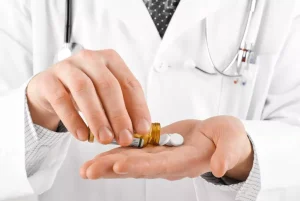
First-line treatments for children with ADHD and FAS include methylphenidate- and amphetamine-derived stimulants. One study found life expectancy is significantly reduced compared =https://ecosoberhouse.com/ to people without FAS (most often due to external causes such as suicide, accidents, or overdose of alcohol or drugs). Although more research is necessary, some studies show that the craniofacial differences of people with FAS may improve during or after adolescence. The traits most likely to persist are a thin upper lip and a smaller head circumference.
Alternative treatments
- FASD may present in childhood or early adulthood with mild social or intellectual concerns, or it can present with birth defects and growth problems during pregnancy.
- Visit these blogs for more tips and information about fetal alcohol syndrome.
- The traits most likely to persist are a thin upper lip and a smaller head circumference.
- Fetal alcohol syndrome can also cause milestone (developmental) delays.
- There’s no cure for FASDs, but early treatment can help your child thrive.
Everyone with fetal alcohol spectrum disorder is unique and has areas of both strengths and challenges. FASDs are caused by alcohol use at any time during pregnancy, even before a woman knows they’re pregnant. Any alcohol — wine, beer, spirits, etc. — that gets into a mother’s blood can pass directly to the baby through the placenta and affect a baby’s development. ND-PAE is the only one of the FASDs to be included in the Diagnostic and Statistical Manual of Mental Disorders, 5th edition (DSM-5). In this case, the mother must have consumed more than 13 alcoholic beverages during each month (30 days) of pregnancy or more than two alcoholic beverages at a time. The conditions involve certain physical characteristics, issues with learning and behavior, or a mix of both physical and developmental problems.
Public Health Agency of Canada
- We believe that a single classification system will harmonize research efforts across the globe and accelerate progress in understanding the epidemiology, pathogenesis, diagnosis, and treatment of FASD.
- Once the condition has been diagnosed, a team of healthcare professionals can assess your child’s needs and offer appropriate educational and behavioural strategies.
- In addition, even within a type of beverage category, people have different ideas of how many ounces constitute a drink.
- While FASDs can be caused by heavy drinking, any exposure to alcohol at any time during pregnancy may cause issues with a baby’s growth and development and lead to these conditions.
- The more you drink while pregnant, the greater the risk to your unborn baby.
For example, stimulants may help with attention or emotional regulation, while neuroleptics may help with aggression. As a fetus’s liver is not fully formed, this organ cannot metabolize alcohol. As a result, when a fetus becomes exposed to alcohol, they absorb all of it. However, with early identification and support, children with FAS can learn important skills that can aid their development. Some parents and their children seek alternative treatments outside of the medical establishment.
